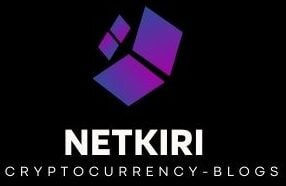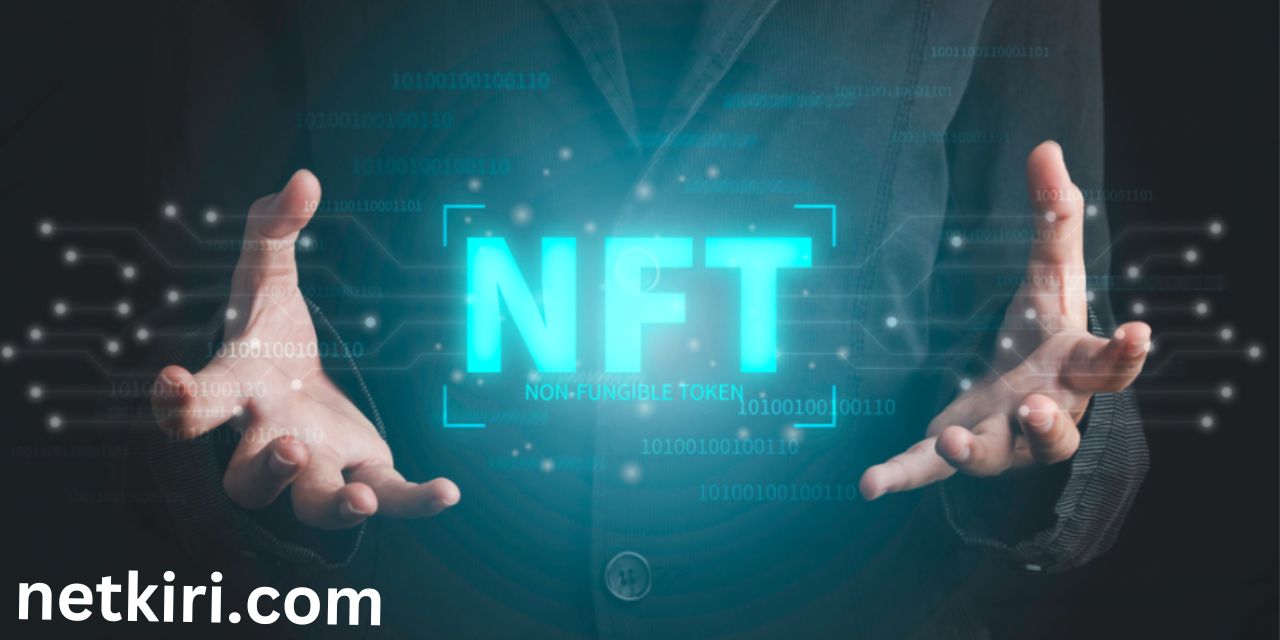In the vast expanse of digital landscapes, a new dimension is emerging – the metaverse. Defined as a collective virtual shared space, created by the convergence of virtually enhanced physical reality and the virtual reality of the internet, the metaverse represents a paradigm shift in human interaction and experience. Within this burgeoning realm, Non-Fungible Tokens (NFTs) have emerged as a transformative force, reshaping the landscape of virtual worlds and redefining the concept of ownership in the digital realm.
Table of Contents
The Rise of the Metaverse
The concept of the metaverse has long been a staple of science fiction, captivating the imagination of creators and audiences alike through works like Neal Stephenson’s “Snow Crash” and Ernest Cline’s “Ready Player One.” However, recent technological advancements have brought this once-fantastical notion closer to reality than ever before.
Enabled by the proliferation of virtual reality (VR) technology, augmented reality (AR) applications, and blockchain-based platforms, the metaverse is rapidly evolving into a multifaceted digital universe where individuals can work, play, socialize, and create in entirely new ways. From virtual concerts and art galleries to immersive gaming experiences and virtual real estate markets, the metaverse offers limitless possibilities for exploration and expression.
The Role of NFTs in the Metaverse
At the heart of the metaverse’s evolution lies the concept of ownership – specifically, the ownership of digital assets. Historically, the intangible nature of digital goods has posed challenges to establishing ownership rights and monetizing creative endeavors in virtual environments. However, NFTs have emerged as a groundbreaking solution to this problem, providing a secure and decentralized means of representing ownership and authenticity for digital assets.
NFTs are unique cryptographic tokens that are indivisible, verifiable, and irreplaceable, making them ideal for representing digital collectibles, artwork, virtual real estate, and other unique assets within the metaverse. By leveraging blockchain technology, NFTs enable creators to establish provenance, rarity, and scarcity for their digital creations, thereby imbuing them with tangible value in the digital realm.
Empowering Creators and Consumers
One of the most significant impacts of NFTs on the metaverse is the empowerment of creators and consumers alike. For creators, NFTs provide a revolutionary mechanism for monetizing their digital creations, allowing them to retain ownership rights and receive royalties for every subsequent sale or use of their work. This newfound ability to tokenize and sell digital assets directly to consumers circumvents traditional intermediaries, enabling creators to forge direct relationships with their audience and capture the full value of their creative output.
Similarly, consumers benefit from the transparency, authenticity, and scarcity that NFTs provide. By purchasing NFTs, consumers gain verifiable ownership of unique digital assets, along with the assurance that their investments are secure and immutable on the blockchain. Moreover, NFTs facilitate seamless interoperability between different virtual worlds and platforms, enabling users to transfer their digital assets across various environments and experiences within the metaverse.
Unlocking New Economic Opportunities
Beyond the realm of art and entertainment, NFTs are also unlocking new economic opportunities in the metaverse. Virtual real estate, for example, has emerged as a thriving market within digital environments like Decentraland, The Sandbox, and Cryptovoxels, where users can buy, sell, and develop virtual land parcels using NFTs as digital title deeds.
Moreover, the rise of decentralized autonomous organizations (DAOs) and decentralized finance (DeFi) protocols within the metaverse is enabling new models of community governance, crowdfunding, and economic cooperation. By tokenizing governance rights, membership privileges, and financial assets through NFTs, DAOs empower communities to collectively govern and monetize their shared resources, fostering collaboration and innovation on a global scale.
Challenges and Considerations
Despite their transformative potential, NFTs also present certain challenges and considerations within the metaverse. Scalability, interoperability, and sustainability remain key areas of concern, as the nascent technology grapples with issues related to energy consumption, network congestion, and standardization. Additionally, questions surrounding intellectual property rights, digital identity, and user privacy must be addressed to ensure the long-term viability and inclusivity of the metaverse ecosystem.
Furthermore, the speculative nature of the NFT market has raised concerns about price volatility, market manipulation, and asset liquidity, prompting calls for greater regulation and investor protection measures. As the metaverse continues to evolve, stakeholders must collaborate to establish best practices, standards, and safeguards to mitigate these risks and foster a more resilient and equitable virtual economy.
Conclusion
In conclusion, the metaverse represents a new frontier of human experience, offering boundless opportunities for creativity, commerce, and community in the digital age. At the heart of this transformative journey are NFTs, which are revolutionizing the way we create, share, and value digital assets within virtual worlds. By empowering creators, consumers, and communities to participate in the ownership and exchange of digital goods, NFTs are shaping the future of the metaverse and paving the way for a more decentralized, inclusive, and vibrant digital economy. As we continue to explore this emerging landscape, it is imperative that we remain vigilant, adaptable, and collaborative in navigating the opportunities and challenges that lie ahead.

